Grid-15
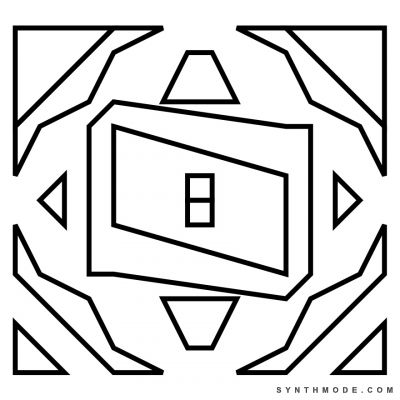
Grid-15 marks the midpoint and a new direction in the gridz series of 30. Gridz 1-14 have been mostly experimental and helped me explore and discover a lot about this art form through scrupulous analysis. Hopefully the analytical approach to previous pieces will serve as a fairly objective demonstration of the power of gridz as an art form that both communicates and precipitates thoughts, ideas, and emotions through a minimalist canvas.
There was a very noticeable shift in the approach to making gridz from Grid-14 onwards. I found that I started paying more attention to where I drew lines mostly because I had an initial idea or feeling that I was trying to express through the grid. This was different than the first 14 gridz where I was mostly just "going with the flow" and it felt more experimental. For this reason, I feel that the next 15 gridz will be perceived as clearer and equipped with a greater degree of simplicity and minimalism. In order to complement this shift I will also gear down on objective analysis and focus more on feelings and ideas associated with the piece as well as intended meaning--without always providing detailed justification.
Grid-15 symbolizes perception. The two stacked squares in the center represent reality with its straight-forward structure while its surroundings are the layers we must reach through to try to capture it. We are looking through a deeply-mined tunnel of subjectivity where the abrasive rocky walls further scrape our ability to think objectively. We eventually reach a point of imbalance as we attempt to absorb what we believe is reality by staring at a world presented to us through the media and other skewed representations of reality. Ironically, reality does hide behind each and every screen, but are we capable of accepting its cold and logical nature?
To celebrate our silly efforts and inability to trully capture reality check out these two powerful optical illusions in grayscale to keep things simple :)
Squares A and B are the exact SAME color! No lie.
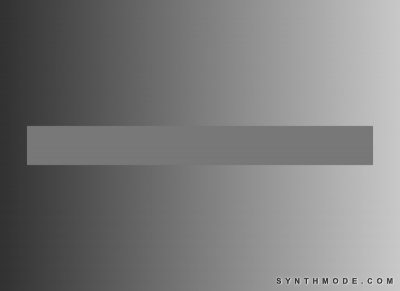
No, the bar is not filled with a gradient--its a solid gray color.
Introducing Gridz
Gridz are abstract art pieces with the following characteristics:
- Have a minimalist design
- Are drawn using a grid as aguide (usually from 8x8 up to 20x20)
- Use only staringht lines that start and end at grid crossings
- Use repetition and space creatively and thoughtfully
- May implement familiar/thought-provoking shapes and symbols
-
Do not use suggestive titles



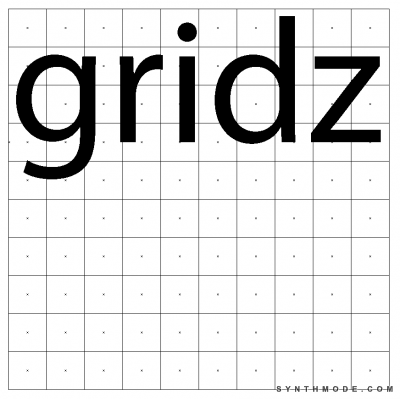
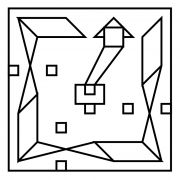
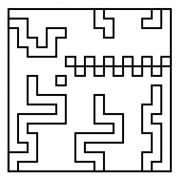
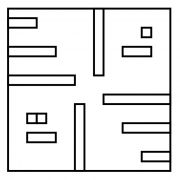
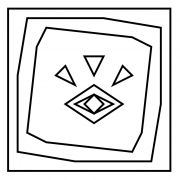
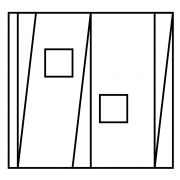

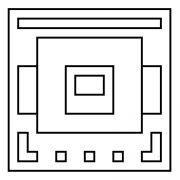
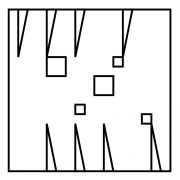
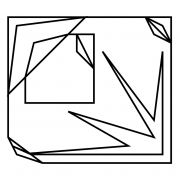
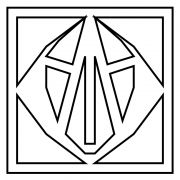
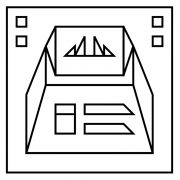
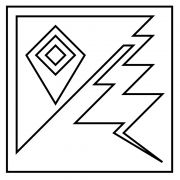
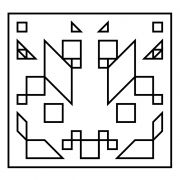
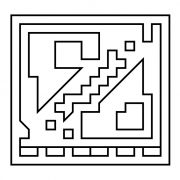
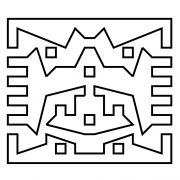
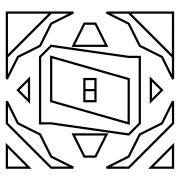
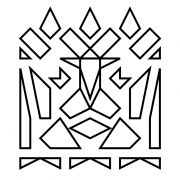
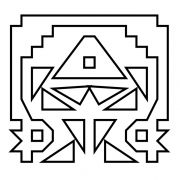
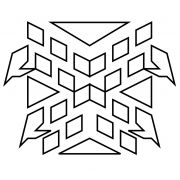
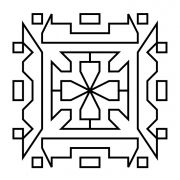
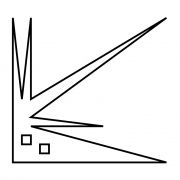
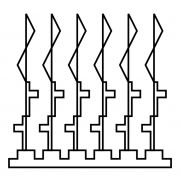
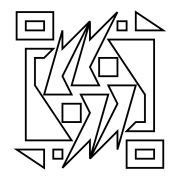
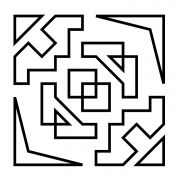
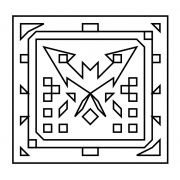
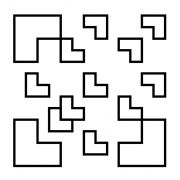
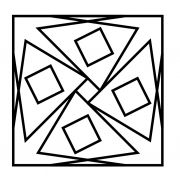
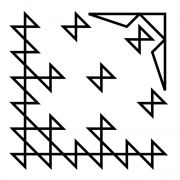
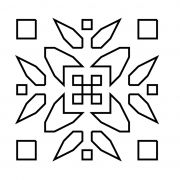
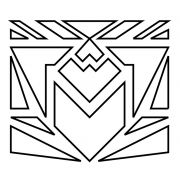
Add new comment